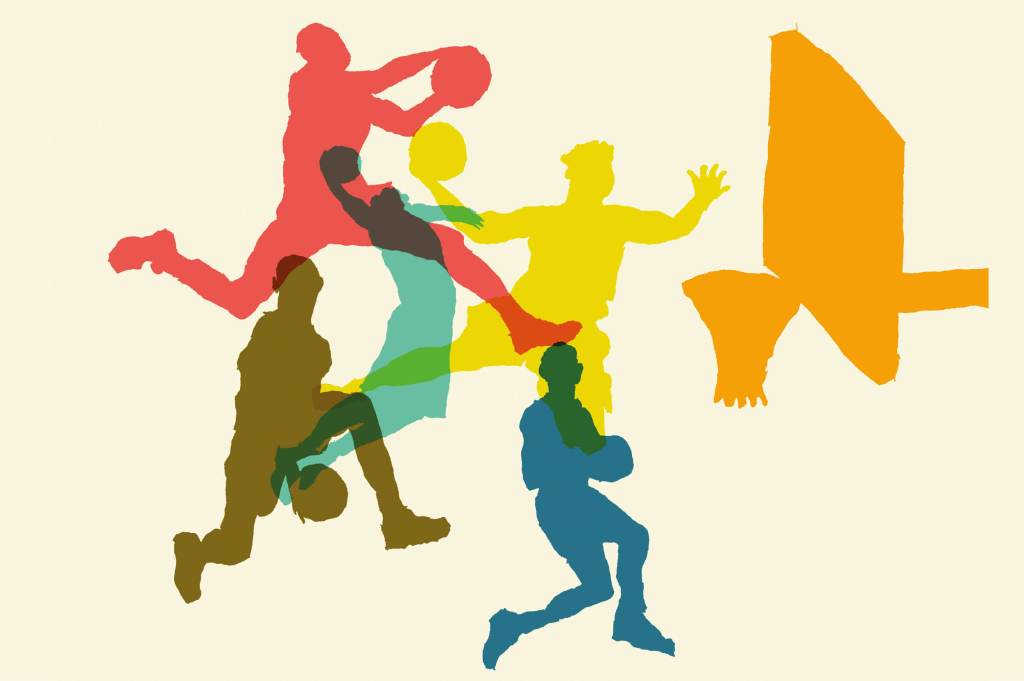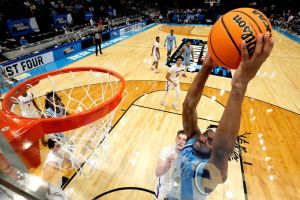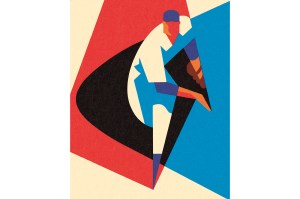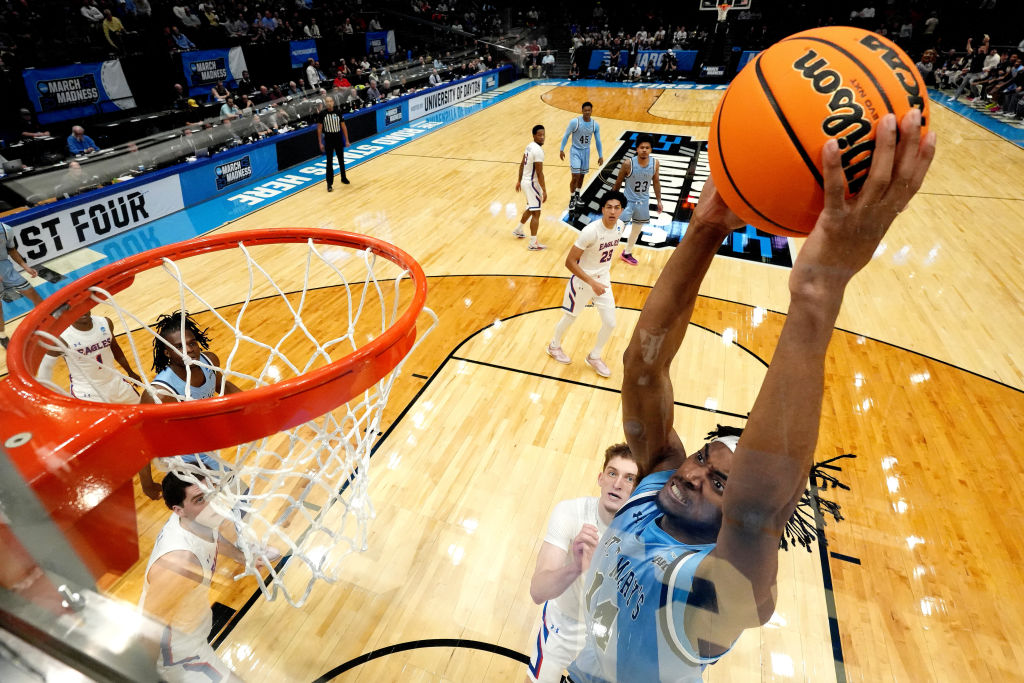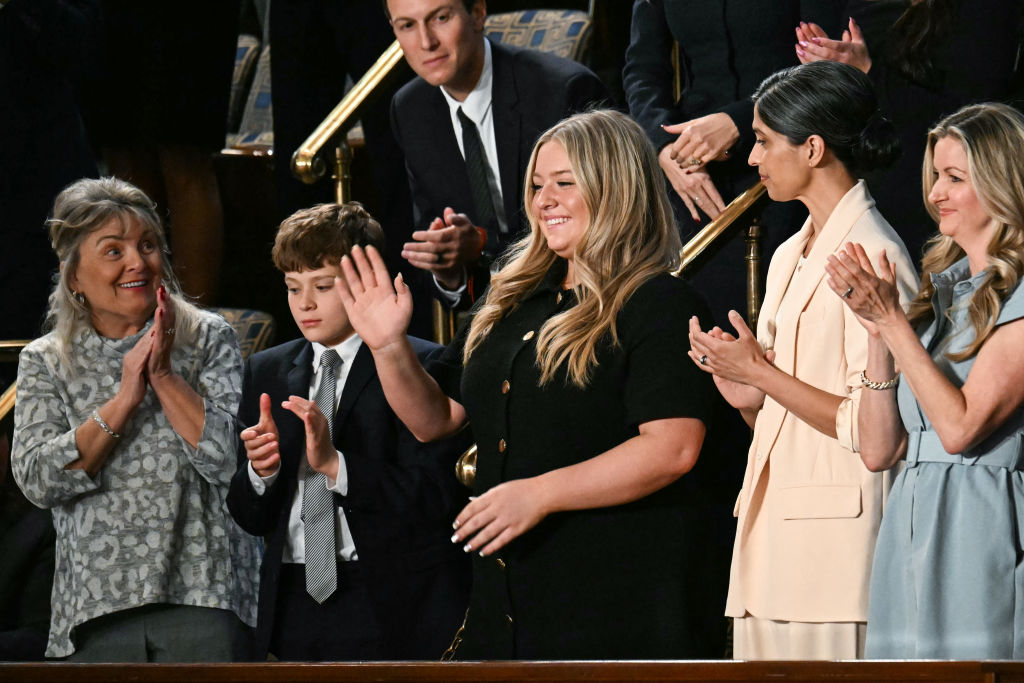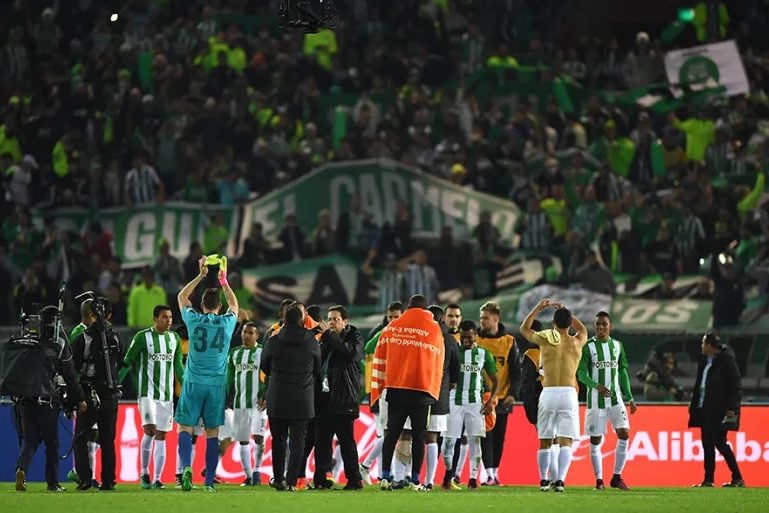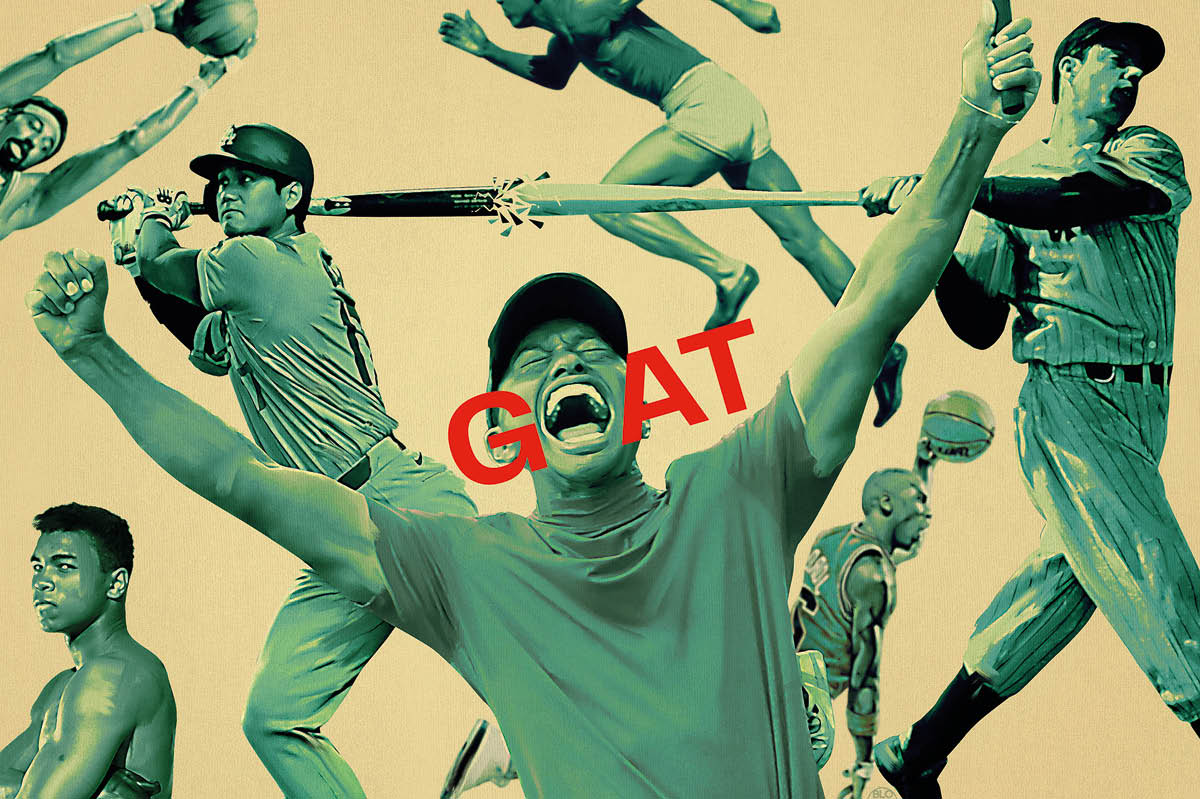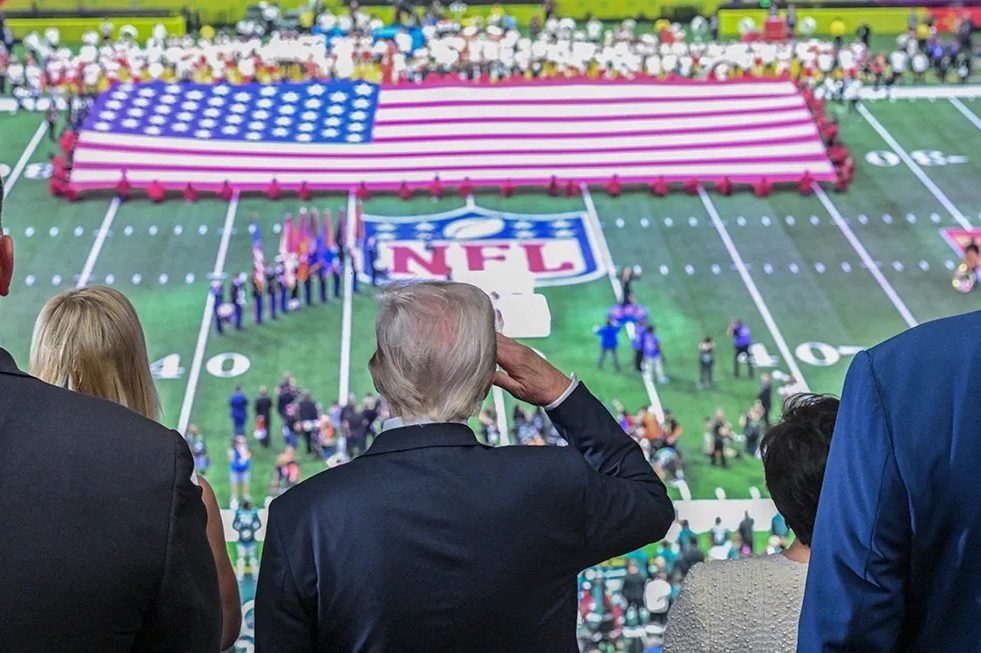Basketball is one of America’s best exports.
Back in 1992, NBA rosters featured only twenty-three foreign-born players from eighteen nations. That was the year the US Olympic “Dream Team,” starring Michael Jordan, Magic Johnson, Larry Bird and Charles Barkley, posterized its way to the gold medal by an average margin of forty-three points. The Dream Team helped spur a worldwide hoops boom that shows no signs of stalling.
When a new NBA season tips off on October 24, there will be at least 120 foreign-born players from forty nations on league rosters. Basketball, born in a dusty gym in Springfield, Massachusetts, in 1891, is now one of the world’s two favorite sports, second only to soccer.
The games are close cousins. When James Naismith, a Canadian, nailed a peach basket to a balcony at the Springfield YMCA, he handed the local “rowdy boys” a soccer ball to toss at the basket. After the first game ended with a score of 1-0, Naismith suspected that “Basket Ball” goals would be as rare as goals in soccer. Soon he was surprised to see teams running up scores of ten or even twenty points. Spectators took a lively interest, leading to reports of “an uproarious game accompanied by much yelling and undignified cheering.”
And today’s game, with its emphasis on floor spacing and precision passing, is more popular and soccer-like than ever.
Kobe Bryant was an early adapter. “I grew up playing both sports,” Bryant once told me. In the Eighties, while his father, NBA veteran Joe “Jellybean” Bryant, played pro ball in Italy, young Kobe spent as much time on the pitch as in the gym. “Upon receiving the ball, you already have to have a good idea of what you’re reading in front of you and what the next move is,” he said of soccer. “You learn how to play in triangles and utilize space, which wound up helping me tremendously in basketball.”
Bryant’s contemporary, Steve Nash, a Canadian two-sport star who opted for basketball, brought soccer-style tactics to his own Hall of Fame career. Since then, the NBA, casting its net into a talent pool that gets deeper every year, relies more and more on international players who grew up playing soccer.
The Milwaukee Bucks’ Giannis Antetokounmpo, the league’s MVP in 2019 and 2020, grew up in Greece and dreamed of following his Nigerian father into soccer’s pro ranks. Earlier this summer Antetokounmpo, a co-owner of Major League Soccer’s Nashville SC (along with Reese Witherspoon), posted a clip of himself juggling a soccer ball with his feet, adding a line about a possible raise on his $45 million-a-year salary: “Saudi Pro League still need strikers?”
The Denver Nuggets’ Nikola Jokić likes doing soccer-style keepie-ups during pre-game drills. Jokić, the NBA’s MVP in 2021 and 2022, honed his court sense on the pitch during boyhood games in Serbia. He would have won a third straight MVP award if last year’s voters hadn’t opted for the 76ers’ Joel Embiid, who grew up playing soccer in Cameroon. Jokić settled for a Nuggets championship and MVP honors in last season’s NBA Finals.
James Harden was the last American-born player to be named the league’s MVP, and that was in 2018. Jokić may be the favorite this season, but you might put a euro on the Dallas Mavericks’s Luka Dončić, whose court sense borders on ESP. Born in Ljubljana, Slovenia, Dončić got a technical foul during his rookie year for trying to pick up a loose ball with his foot. The ref whistled him for kicking it. “I was trying to, how you say, juggle the ball,” Dončić explained. “Gotta work on my soccer skills.” He can do that on a court he built in Slovenia: “Since I was young, I have loved football,” meaning soccer. “I recently renovated a basketball pitch back home, and next to that is a football pitch.” Only a true footie fan would refer to a “basketball pitch.”
NBA commissioner Adam Silver sees a bright future for his ever-more-footified league. “With all due respect to other US- based sports, there are really two global sports. There’s soccer and there’s basketball,” Silver told Bloomberg News. “And we’re just beginning to scratch the surface.”
The more basketball resembles the beautiful game, the better it gets.
This article was originally published in The Spectator’s October 2023 World edition.



